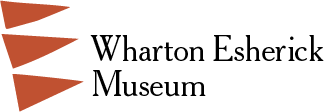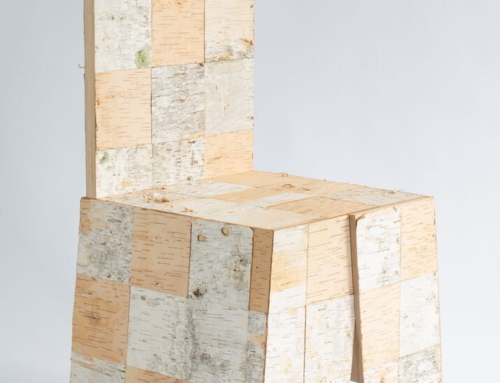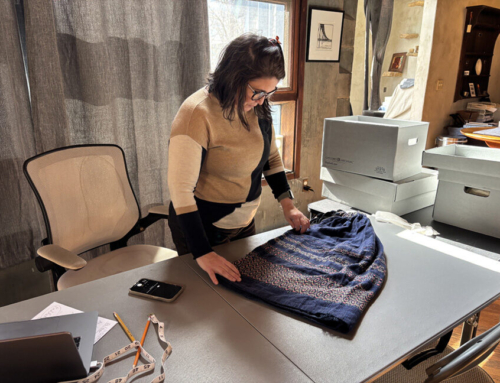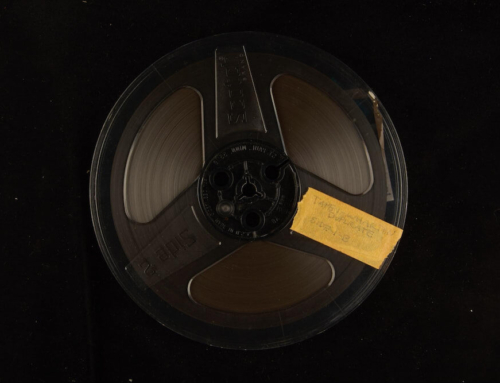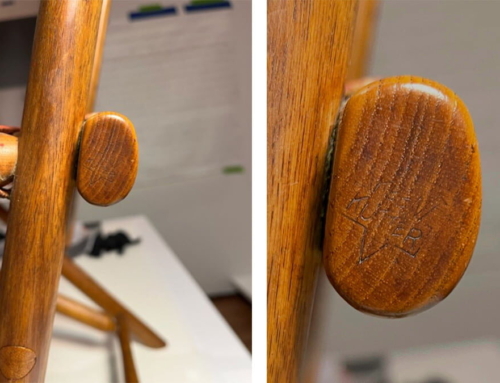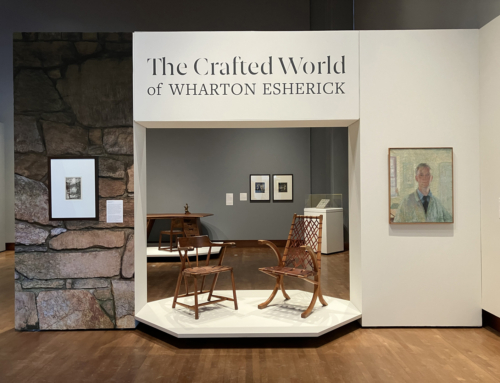Renewal: WEM’s 31st Juried Woodworking Exhibition is now on view, with the prizewinning works displayed onsite in our Visitor Center, and the complete show available as a virtual exhibition and accompanying publication. Renewal appears in many forms throughout Esherick’s career, whether through personal journeys that led him to new materials and media, renewed uses for found objects — as seen in his Hammer Handle Chair and Wagon Wheel Chair — or by his renewed take on the very definitions of sculpture, furniture and architecture. The enthusiastic response to this open call for entries reveals just how resonate the theme of renewal remains for contemporary makers. Each artist approached renewal from a unique perspective, and while the works all contain wood in some way, the final pieces offer interpretations ranging from material properties, historical resonance, inherent narratives, and metaphorical potential.
Over the course of the exhibition, which is on view through September 7, 2025, we are delighted to share a little more about our prizewinning artists with you. We asked each of them a few questions and learned a bit more about their work, practice, and lives. We hope you enjoy our conversation below with Ellen Sigunik, the second place prizewinner in the Renewal exhibition.
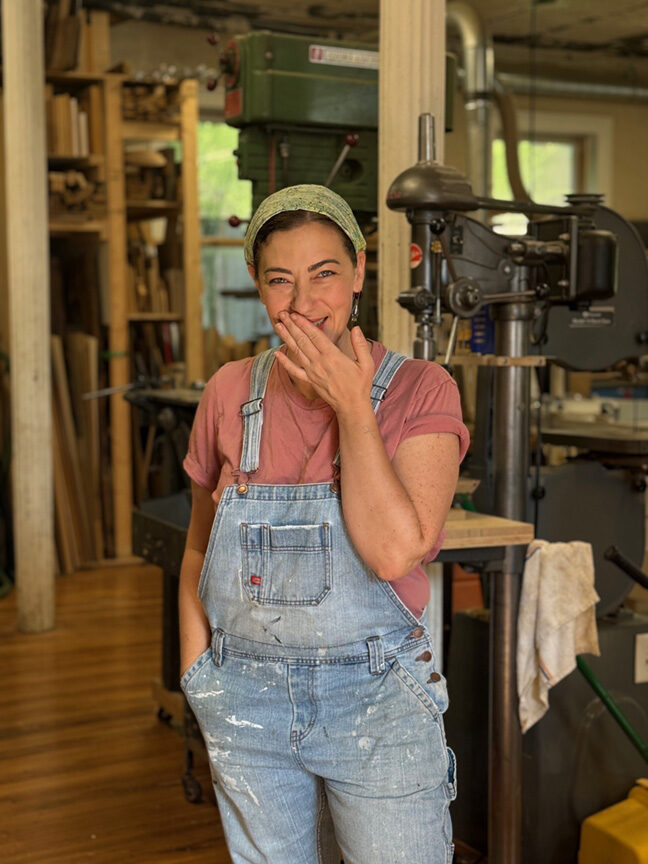
Can you give us an overview of your piece Bistro Trestle Table and what you were thinking as you made it?
The Bistro Trestle Table was conceived as a successor to a 20-foot bar top I designed and built for a restaurant in Newburgh, New York. The goal for the bar was to create a mosaic using only remnants of parchment from previous commission work. About two years after installing the bar, I designed ten two-tops for the same dining space. The tables needed to maintain a small footprint to fit within the dining room, and I wanted the brass inlay design to serve as a subtle map guiding servers in setting the tables with elegance and intention. The inlay also secures the parchment into a groove beneath the metal, allowing the material to “breathe” without the risk of delamination. I included the center line and the brass rod stretchers to evoke a sense of respecting boundaries, even within an intimate setting. The Bistro Trestle Table in the exhibition has been refined from the public-use version, incorporating a trestle base and sand cast pins.
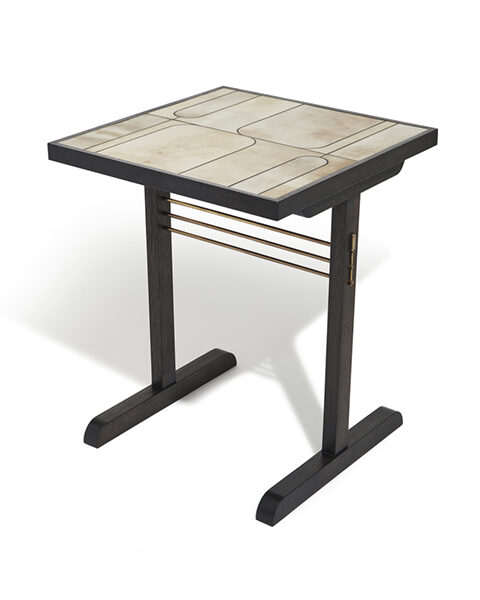
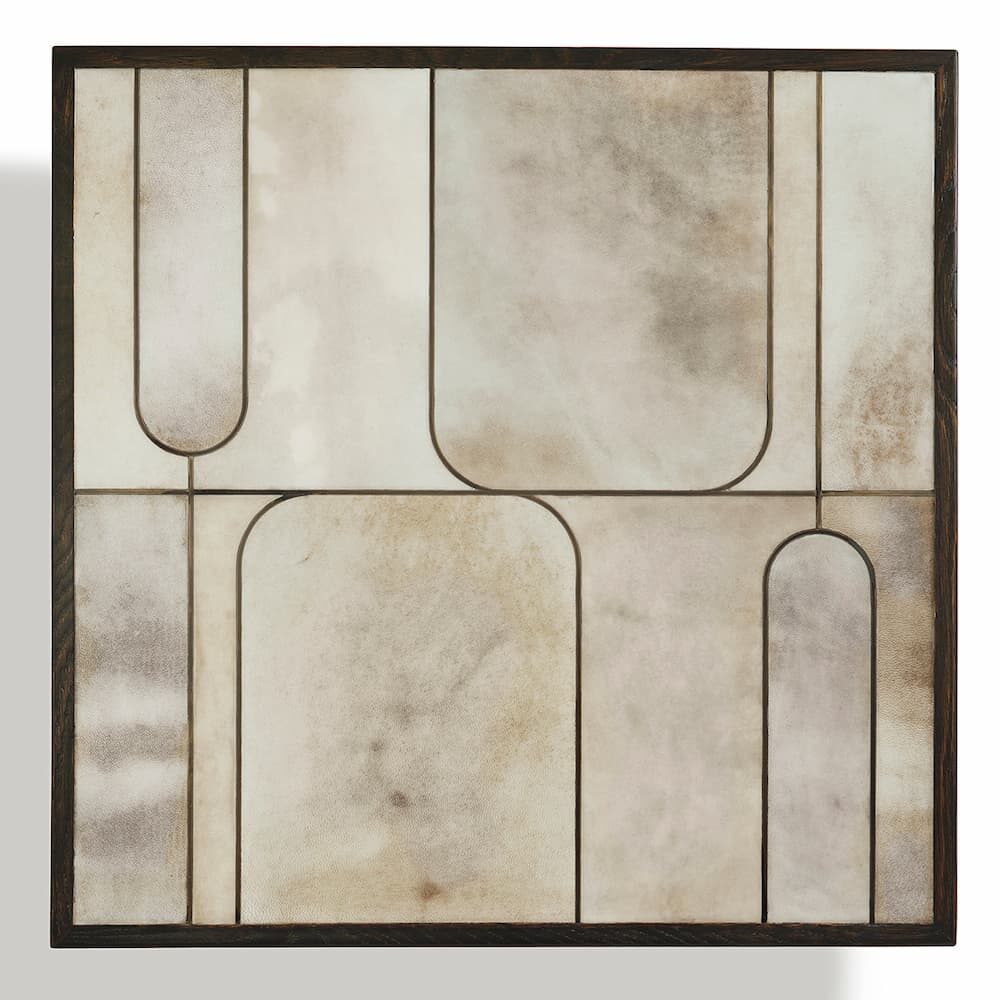
Ellen Sigunik, Bistro Trestle Table, 2024. Ebonized oak, goatskin parchment, aged brass inlay, raw sand-cast brass, 24 5/8 x 24 5/8 x 30 1/4 inches.
Tell us a bit more about your background. What brought you to creating art in general, and to working with wood in particular?
Artmaking was inevitable for me. I grew up in a four-story house of artist studios in the Hudson Valley — my mother a sculptor and my father a painter, and they were both ceramicists. My mom taught me to weld and work in a diverse range of materials as a teenager, and we made and repaired anything we needed that was within our capabilities. My introduction to wood was first through my dad, who made all of his own mahogany and walnut frames for his paintings.
In our tiny mountaintop hamlet, we also had a neighbor who had just graduated from the woodworking and furniture design program at RIT, an incredibly skilled and enthusiastic machinist and furniture maker. He welcomed me into his shop and generously taught me many techniques. His work ethic and self-directed structure also had a big influence on my career as an independent artist and maker.
When did you first learn about Wharton Esherick? What about his work did you find interesting or inspiring? If you’ve been to the Studio, do you have a favorite room or piece?
To be completely honest, I only recently learned about Wharton Esherick. My lack of formal higher education and relatively secluded studio practice have left gaps in my knowledge of the greats. However, I’ve been both humbled and enamored ever since exploring his work, especially the clear, compassionate connection to his surroundings that are evident in his forms and craftsmanship. Recently, I find myself increasingly reconnected to the mountaintop where I was born and raised. The imagery that keeps returning to me is often in the wings of the eagles that soared overhead. Seeing that motif echoed in Esherick’s carvings resonated as something greater than just observation — it felt ancestral.
When I finally visited Esherick’s studio, that response to his work only deepened for me. I felt a warmth and familiarity that reminded me of my upbringing – the community of my parents’ artist friends who were woven into our lives. The friendship and support between Esherick and Hannah Weil, for instance, reminded me of the many artworks that filled our home – gifts or trades between close artist friends. There’s a special camaraderie among artists, and you can feel it deeply in Esherick’s space and story.
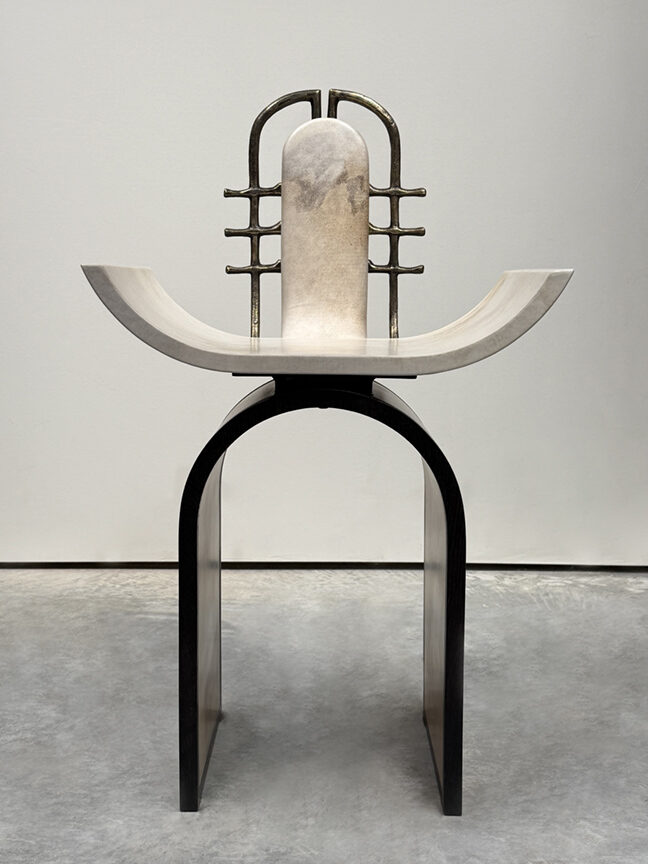
Ellen Sigunik, Sheba, No. 1 of 2, 2025. Goatskin parchment over bent laminated poplar, ebonized white oak, raw sand-cast brass, and steel.
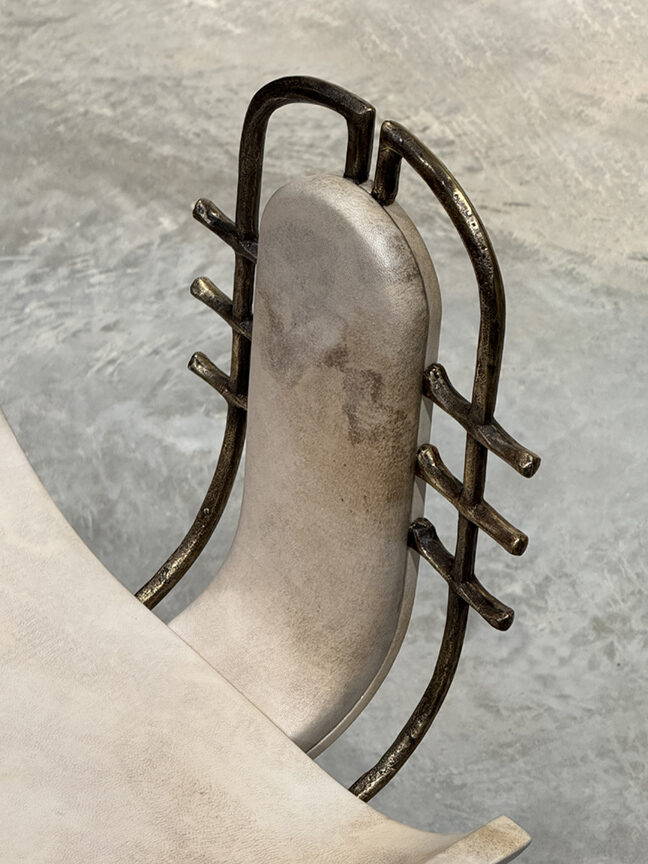
Ellen Sigunik, Sheba, No. 1 of 2, 2025. Goatskin parchment over bent laminated poplar, ebonized white oak, raw sand-cast brass, and steel.
It is hard not to think of Esherick’s own chairs, stools, and makeshift lampshades that incorporate animal skins, like vellum, when looking at your piece in this exhibition. What first drew you to working with goat parchment? What is your process like for working with this material in concert with wood and brass?
That was another happy surprise during my visit to Esherick’s studio — I hadn’t known about his work with vellum, and it’s such a rare material to see in use. I was drawn to animal hide parchment long before I knew what it was called or it’s many uses in history. In my late teens and early twenties, I lived in Nairobi, Kenya, where local practice awakened me to the value of every part of an animal. Nothing went to waste: in meals, in instruments, in everyday objects. That mindset deeply resonated during my formative years.
I visited a few tanneries while I was there and began experimenting with leather and parchment. When I returned to New York, I started searching for untanned hides (parchment) to continue a mixed-media photo essay I’d begun in Nairobi, centered on the lives of street children. For that project, I built environments around the images using wood, metal, concrete, and hides — materials that echoed the alleyways and surroundings the children were living in. This led me to the only commercial parchment maker in the U.S. who at the time happened to be one of my mother’s former MFA sculpture students. We became close friends, and eventually I went to work for him at the tannery. That experience laid the groundwork for what has since evolved into a studio practice centered around parchment-clad furniture and lighting.
While parchment has become something of a specialty, it’s really process and materiality that drive me. Wood, clay, metal, hides—each offers a different way in. The variety challenges me, expands my imagination, and opens new modes of expression. When a concept calls for something unfamiliar, I welcome the opportunity to explore a new material or technique. The decision to pair certain materials comes from an ongoing conversation between idea and process—what best serves the form, the function, and the feeling a project calls for.
Esherick is often admired for his resourcefulness, making chairs from hammer handles or reusing an aluminum table top for light pulls. In your work you take great care to minimize waste and reuse existing materials. Why is that important to you in your work? How does that impact the final piece?
I wish I could say my approach is purely a conscientious response to the world’s need to minimize waste, but in truth, resourcefulness has always been deeply ingrained in me since early childhood. It stemmed partly from our family ethos, but also from necessity. We couldn’t afford new things growing up, and some of our most exciting outings were routine trips to the dump to scavenge for treasures (not something that’s permitted anymore). My childhood felt like one long treasure hunt.
That experience shaped the way I see materials and the value of objects. Today, I have a more conscious awareness of the importance of repair, care, and longevity, and I still approach my work through that lens. I try to design pieces that feel like heirlooms meant to be treasured, passed down, and ultimately able to return to the earth without harm if their time comes. Reuse and resourcefulness are not just strategies; they are central to how I make meaning through my work.
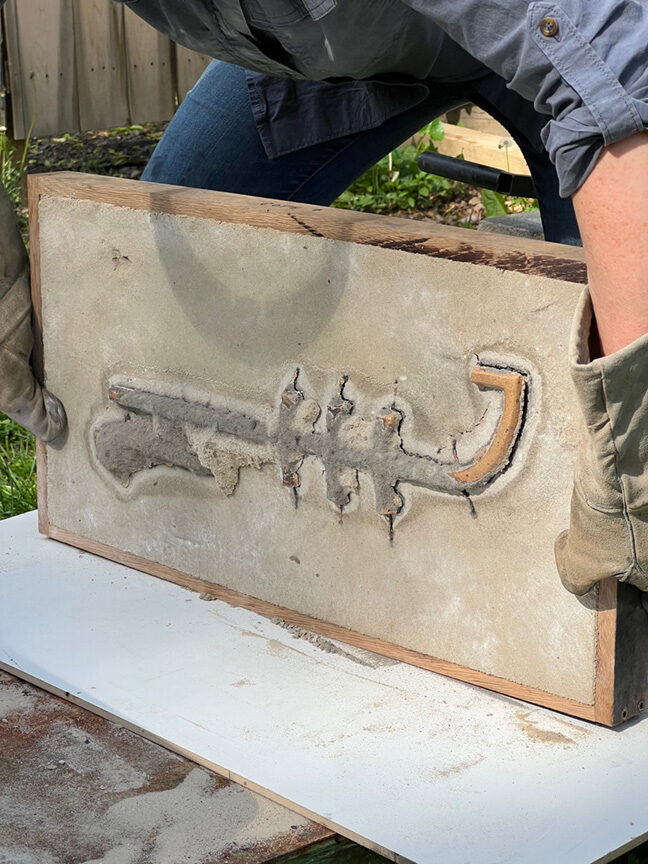
We are excited to continue to follow along with you and your wonderful work! What are you most excited about in your practice right now and/or on the horizon?
After nearly twenty years supporting other designers through fabrication, I’m most excited to turn more of my energy toward exploring and developing my own creative voice. Fabrication has been a means of survival for me, and I still find real joy in helping bring other designers’ visions to life. But lately, I’ve been stepping back from the production side of things, with my shop assistant taking on more of that work, so that I can spend more time experimenting with materials and following my own curiosities and ideas.
Not long before my mom passed away, she had just completed her first artist book. In her inscription to me, she wrote about the magic of discovering the voice you know belongs only to you. That idea has stayed with me, and I’m excited to keep strengthening that voice — to keep learning, evolving, and growing through my work.
» Visit Renewal: WEM’s 31st Annual Juried Woodworking Exhibition online
» Learn more about Ellen Sigunik on her website
Post written by Katie Wynne, Deputy Director of Operations and Public Engagement
June 2025
